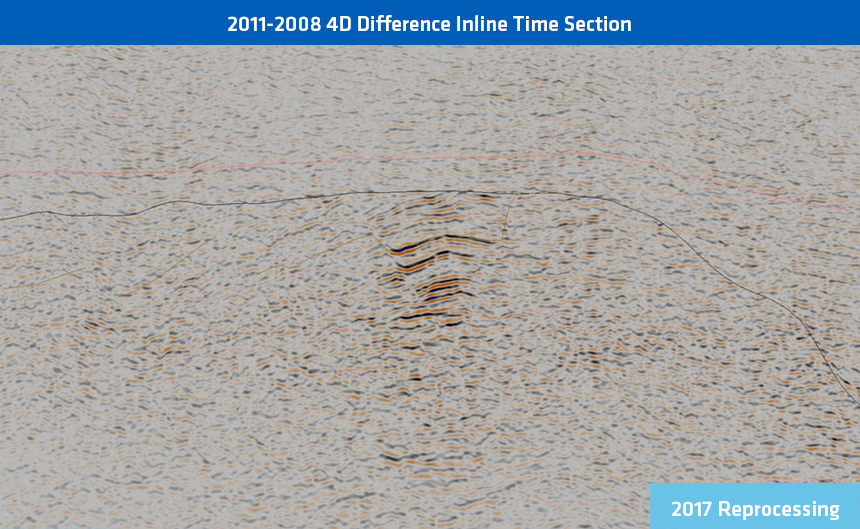Seismic monitoring of the Gullfaks field in the North Sea has been in progress for over 20 years. The challenges of monitoring such a field are the shallow water environment, multiples, an overburden wedge, seismic attenuation, different acquisition geometries, and variations in data quality (mostly acquired with single sensor streamers).
A total of nine towed streamer seismic surveys have been conducted over Gullfaks Main using different acquisition geometries and streamer separations, variable numbers of streamers and sources and differing sensor types.
A pre-production 3D exploration survey was conducted in 1985, production started in 1986, and the first 4D monitor survey was in 1995. Further surveys were carried out in 1996, 1999, 2003, 2005, 2008, 2011 and 2016. The last three surveys were acquired by PGS the 2016 acquisition was a multisensor survey.
Starting in 2016, four of the vintage surveys were reprocessed alongside a new monitor survey, using more modern processing algorithms such as broadband designature and full 3D demultiple modeling. A comparison of the 2011-2008 4D difference from the reprocessing result and the legacy data can be seen in the example below. The results show that even with good acquisition repeatability, more modern processing can improve the 4D image quality.
The 2011-2008 difference using the new processing flow shows a clearer seismic image with less low frequency ringing and fewer multiples leading to improved confidence in the interpretation of reservoir changes over time.
Contact a PGS expert
If you have a question related to our Imaging & Characterization services or would like to request a quotation, please get in touch.

